
Scottish high street retailers faced the highest store closure rate in Britain last year, averaging more than five a week, according to PwC research compiled by the Local Data Company.
Almost 300 high street retail outlets closed in Scotland over the course of a year, with only 142 store openings, marking the highest net store decline in Britain at 4.5%. This was a 32% increase on the previous year’s net loss of 112 stores.
The North of England was second worst hit, with a store closure rate of 4.3%.
Across the UK as a whole, there was a net loss of 1,772 stores, an average 2.57% fall.
The high rate of closures in Scotland was attributed to a tough trading environment including a slowdown in consumer spending and rising staff and business rates costs.
Food and beverage growth also slowed as consumer confidence plummeted to a four-year low in December 2017. Convenience retail was among the hardest hit, with a 7.5% decline in store numbers.
However, food for now outlets managed to buck the trend. Cafés and tearooms saw a 28.5% increase in store numbers, while coffee shops also grew by 2.9%.
Restaurants grew by 8% despite increasing cost pressures from rising rents, the increased minimum wage and uncertain consumer confidence, which created financial trouble for chains such as Prezzo and Jamie’s Italian.
The Co-op’s £160m expansion plan, including up to 18 new stores in Scotland this year and multi-million pound new shopping centres in Glasgow and Edinburgh by 2020, is expected to offset the decline in store numbers to some extent.
PwC Scotland regional chair Lindsay Gardiner said: “2017 has proved to be one of the toughest trading periods Scottish retailers have experienced in years - borne out by a 32% rise in store closures with high street names such as Twenty One going into liquidation and others such as New Look and Prezzo closing outlets.
“And so far this year there’s been little sign of this pressure letting up, with the ‘beast from the East’ and ongoing cold snaps taking their toll alongside other adverse business factors.”
PwC Aberdeen office senior partner Kevin Reynard added: “Aberdeen and the North East is a vibrant place to live and work and our retailers play a significant role in our communities. However, it would be fair to say that the last few years have not been the easiest for them. And UK-wide issues such as the dampening impact of Brexit-related uncertainty on business investment and the squeeze on consumers are certainly making themselves felt.”
Local Data Company senior relationship manager for retail Lucy Stainton said: “We are experiencing a period of great change in retail, and the question around the relevance and role of stores is still very much on the industry agenda.
“LDC’s latest figures show that there continues to be a vast amount of churn across the physical landscape and, while the gap between openings and closures has widened slightly in 2017, we are seeing certain sub-sectors really gain traction.
“For 2018 we predict there will be continued green shoots of growth across almost all sub-sectors, visible beneath the headline trends, as newer entrants and younger brands take this ‘shake-out’ as an opportunity to pick up available property. Businesses with a relevant proposition and a strong understanding of their customers can still thrive in the right locations. Equally, more established brands who continue to tweak their offer and innovate will no doubt see positive results and retain their valued place on our high streets.”
The research analysed the top 500 town centres in Britain, and includes 67,157 outlets run by retailers with more than five outlets across the UK.








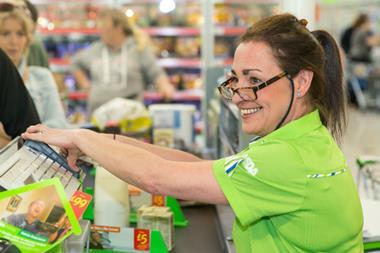
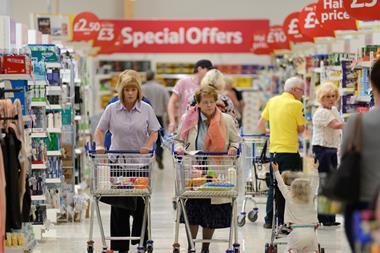
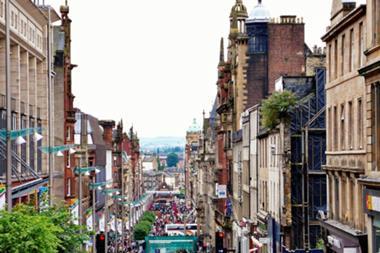
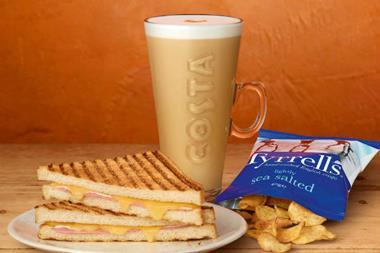
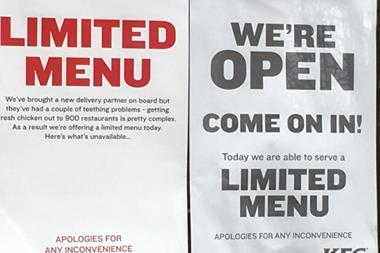






No comments yet